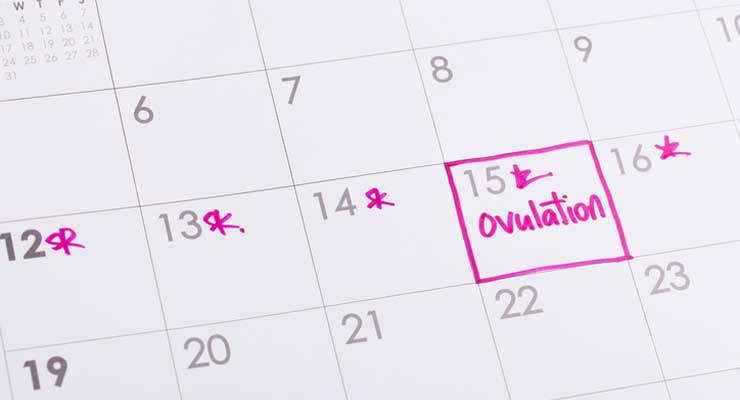While jokes abound about the rhythm method, it can be a reliable method of natural family planning that prevents pregnancy effectively. Modern knowledge about fertility patterns and signs can help you to make good choices about when to engage in sexual activity and when to abstain when you are using the rhythm method. To know when is the rhythm method of birth control safe, you need to know your own cycle and your body.
History
The calendar rhythm method was developed in the early 20th century. Scientists realized that women ovulated mid-cycle, typically around 14 days before menstruation. This calculation was combined with an expectation of a five- to seven-day lifespan for sperm and a 24-hour lifespan for the released ovum. While attempts at the rhythm method existed in the 19th century, a fundamental misunderstanding of the timing of ovulation made these quite ineffective.
How does the Rhythm Method of Birth Control work?
The rhythm method works by avoiding intercourse during fertile times. Count the days in your shortest cycle. Subtract 19 from this number to determine the infertile pre-ovulatory period. Subtract 10 from your shortest cycle length to figure the safe post-ovulatory period. In a 28-day cycle, ovulation is assumed to occur around day 14. Intercourse is therefore safe during days 1 to 9, counting from the first day of your menstrual period. Intercourse is again safe following ovulation; however, it is important to account for potential differences in the timing of ovulation. In a 28-day cycle, the post-ovulatory infertile period is assumed to be day 18 to day 21. Sex should be avoided or another method used during the 9-day ovulatory period.
Types
While the traditional rhythm method relies on the calendar, modern options in natural family planning use fertility signals, including basal body temperature and cervical mucus to determine fertility more accurately. The standard days method simplifies the rhythm method further for women with cycles from 26 to 32 days. Days 1 to 7 is safe. Days 8 to 19 are not. From day 20 onward, infertility is likely.
Benefits
The rhythm method and other natural family planning options work well for women with religious objections to hormonal or barrier methods of contraception. It is also an option for women without access to other contraceptive choices or who do not tolerate hormonal contraception. Some women opt to use barrier methods during fertile times rather than abstinence.
Warning
While abstinence during fertile times is certainly effective, cycles may not be predictable. If you have irregular periods, long or short cycles, or are breastfeeding, the rhythm method may be especially unreliable. You can improve the effectiveness of the rhythm method by charting fertility signs and your cycle over several months before relying upon this contraceptive option. Even with perfect use, the rhythm method is only 91 percent effective.





